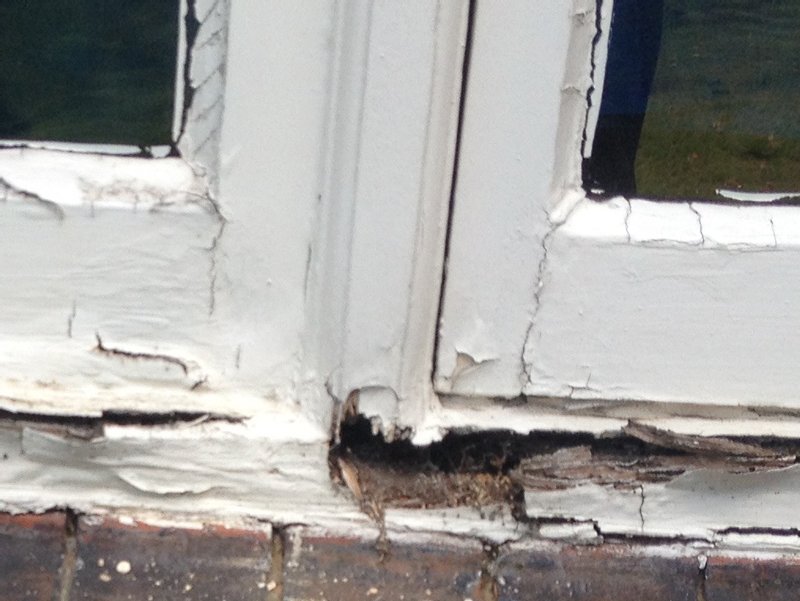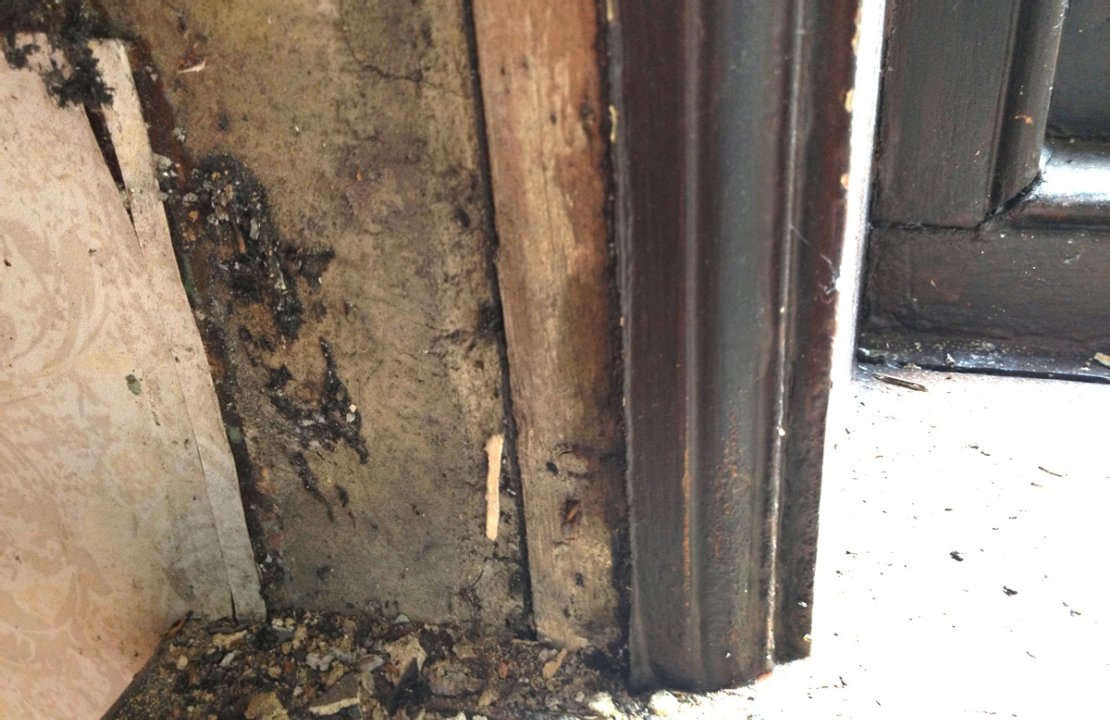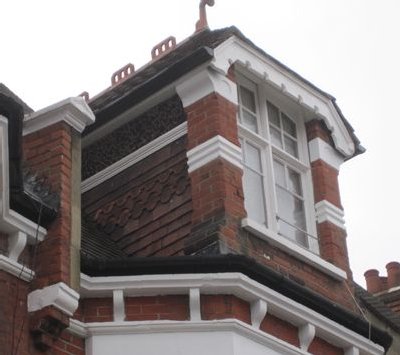However, due to damp or water damage, wooden mouldings that are on the inside of your property may need replacing or repairing. For example if you have damp walls especially external walls, you could find that you have rotted sections of dado, skirting or picture rail mouldings. A leaking roof, especially if you have rooms in the eaves of your house, can be responsible for rotted wooden mouldings. Dry rot can also compromise wooden mouldings and affect large areas of your house. Any decent restoration of a period property needs to address the degradation of these elements.
How do I repair decorative wooden mouldings?
If you have mouldings that are damaged you need to initially decide whether the areas of damage are small enough to mean that repairs can be carried out and they can be saved. The repairs will involve cutting out the rotten sections and filling the removed areas with wood filler. The best type is a wood filler that consists of two parts that are mixed together – this is however quite expensive for filling large areas. After the wood has been filled and the filler has completely dried you will need to sand it to the shape of the original wooden moulding. Once it has been fully repaired you need to prime it before painting.

How do I replace decorative wooden mouldings?
If your wooden mouldings are beyond repair ie the areas that would need to be filled are substantial, you will save yourself time and money by replacing the damaged areas. Firstly you should measure the size of your moulding in terms of height by thickness, and look for mouldings with a similar profile and size. There are many profiles available and you will probably be able to find one close enough to use without any differences in the designs being noticeable. However, it is advisable to remove the whole run on the damaged wall before replacing as this will make any slight differences in moulding profile less obvious. To detach the existing moulding from the wall you may need to use a crowbar so some repairs to any damage you cause to the wall may need to be carried out before you fix the replacement moulding in place. For fixing the replacement moulding in place you will need to mitre the corners and use either long nails that would go through the moulding and plaster and into the masonry; however, you could also use a grab adhesive instead.
Hardwood or softwood?
Hardwood is tougher and more resistant to wet and therefore less likely to rot than softwood. In theory, hardwood should have a longer life than softwood although it is substantially more expensive. The decorative wooden mouldings that your house was built with were most likely to be softwood and as long as you are not expecting your house to get very damp inside, softwood is fine for internal use.
However, if using wooden mouldings externally, and you can afford it, hardwood is a wise choice. It will last longer than softwood and need replacing far fewer times. However, whatever wood you use, make sure you weatherproof it well with one or two coats of external wood primer followed by a couple of coats of exterior use paint. Your wooden mouldings will last longer with regular maintenance so every year in the warmer weather, inspect your exterior mouldings for damage and chipped paint. If necessary, repair, sand and repaint the damaged areas to prevent water ingress in the wet weather.
For more tips and advice from some of our customers, have a read of our article "Things I wish I'd known before buying my period house". You can read our ultimate guide to period property renovation here.
------------------------------------------------------------------------------------------------------
The Victorian Emporium sell a wide range of replacement decorative wooden mouldings including Victorian architraves, traditional skirting, Victorian coving, dado, picture rail mouldings and panelling.



Posted by Lionel - Oct 17, 2018 - 12:17
Nice post. I learn something new and challenging on blogs I stumbleupon every day.
It’s always useful to read content from other authors and practice a little something from
other web sites.
family Pandionidae - Corina -